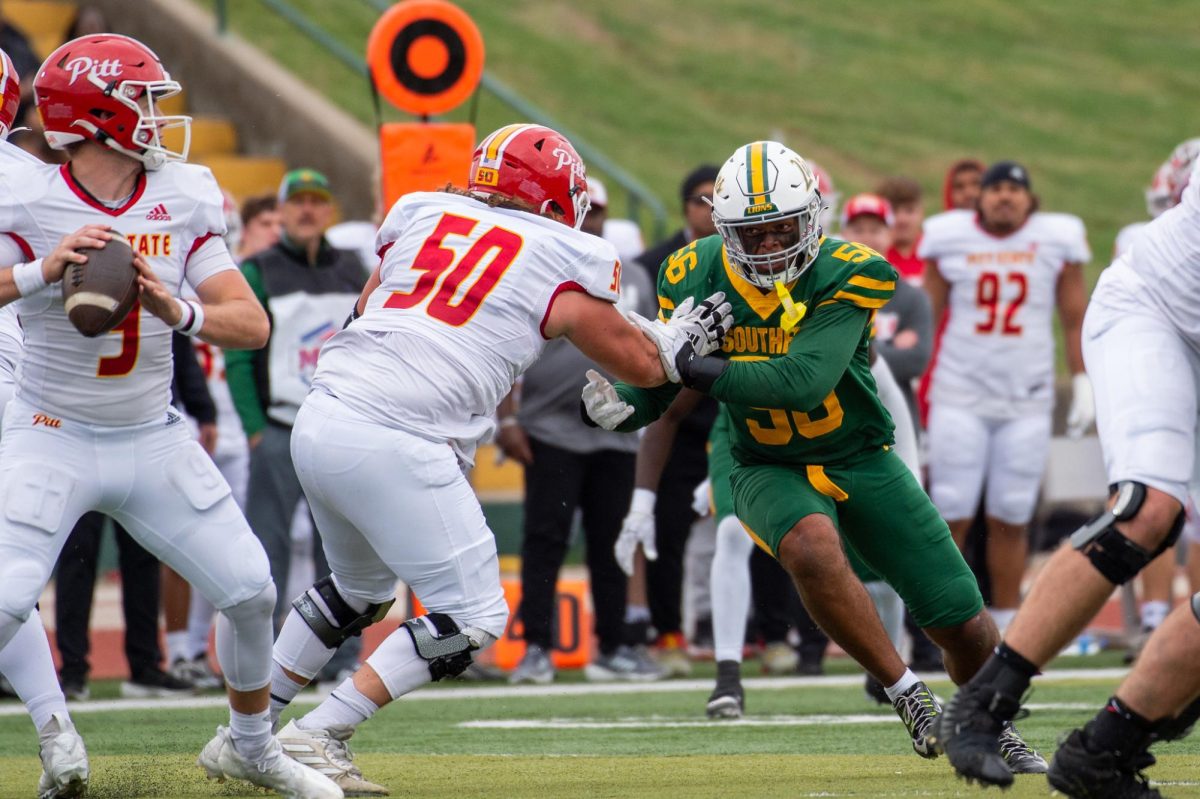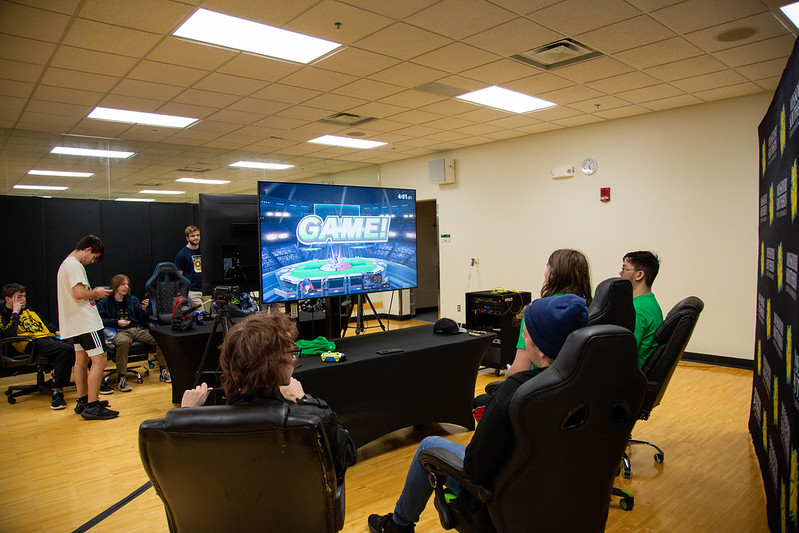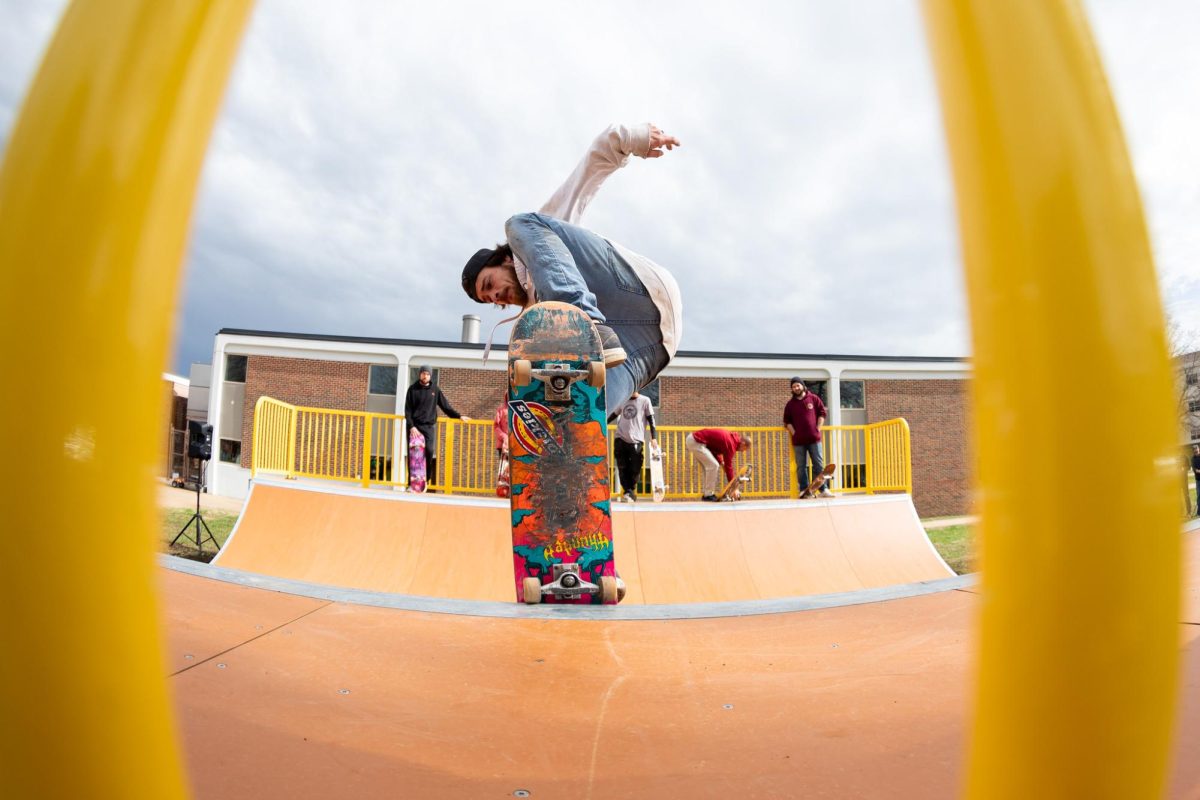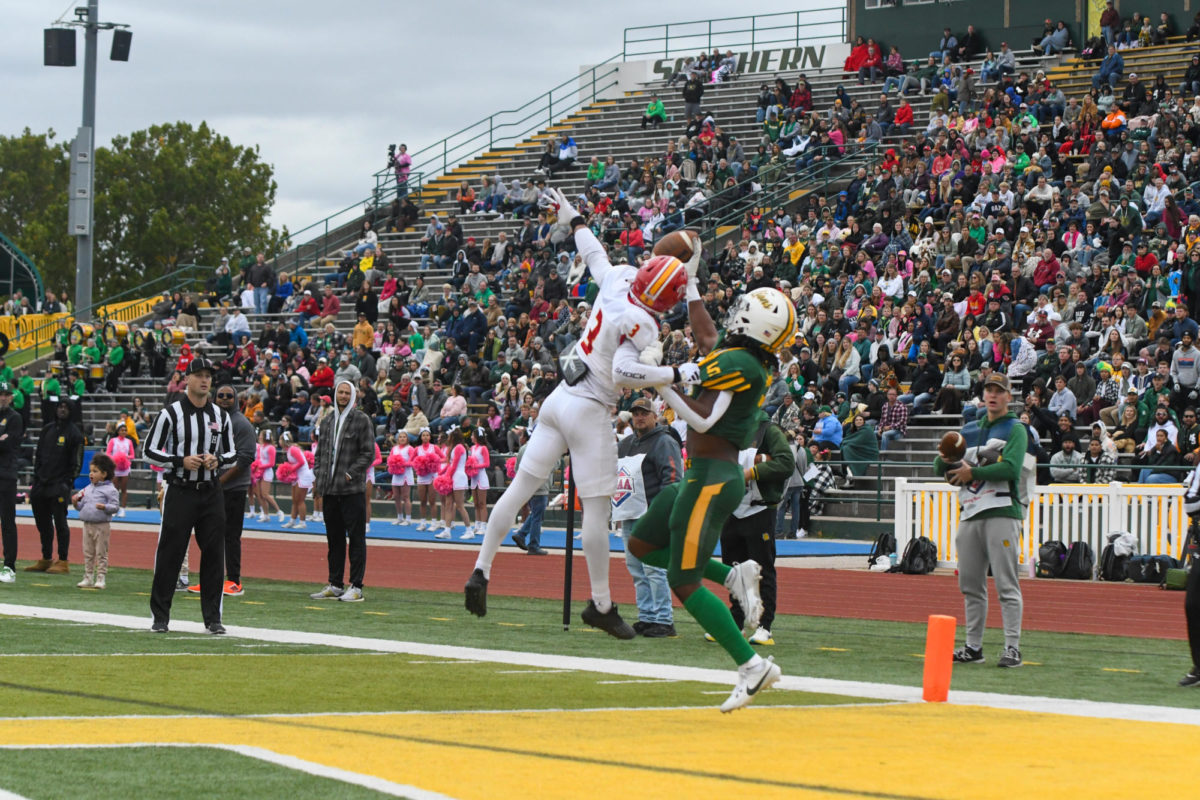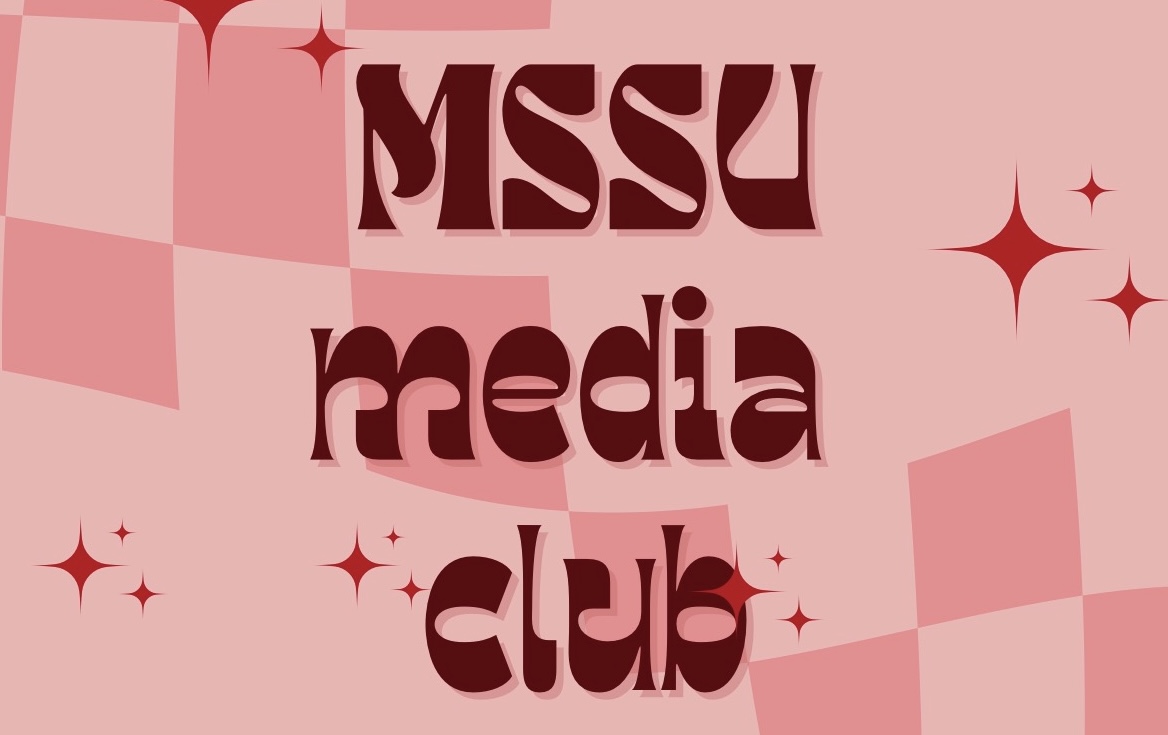Women thrive in Soviet state
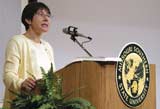
Dr. Elena Osokina gives a speech on women in a totalitarian society in Webster hall auditorium as part of the Russia Semester. She received her Ph.D from Moscow State University in 1998. She has spoken at Columbia, Duke, Georgetown, Harvard, Princeton, Stanford and the Library of Congress.
Power struggles didn’t solely represent men during Joseph Stalin’s reign. Women were also victims and achievers.
In Dr. Elena Osokina’s lecture, “Women in a Totalitarian Society: Soviet Union, Late 1920s-Early 1940s” on Oct. 19 in Webster Hall auditorium, she said women were treated as both worthy and inferior.
“[The Soviets] opened a lot of new options for women to change their lives,” Osokina said.
The government encouraged women to get an education, work in the factories and learn a skill instead of being a housewife and mother, she said.
Osokina’s lecture focused on three main issues: industrialization, social and economic reform and the Soviet cultural revolution.
The government created a heavy monopoly on sources, especially agriculture, which lead to the starvation and further impoverishment of the peasantry. Secondly, these independent and family owned farms, when taken over by the state, were created into collective farms, she said.
In addition to these cases, she said the Soviet leaders assassinated, fired and replaced those who did not agree with Stalin’s ideologies with those who did agree with his thoughts and beliefs.
These influences were grouped together and called, “Stalin’s revolution from above.”
Osokina exemplified the improvements the state was trying to create in regard to women by telling the plot of a propagandist movie, which shadowed the story of Cinderella. A “fairy god mother” took a young, illiterate girl to a production factory. There, the girl was taught the ways of manufacturing and production in order to make her “equal” to men.
A total of one-third of students in agricultural education during the late 1930s were women, she said. Because of this, women would be able to become professionals in certain industries, unlike in the past.
“The state destroyed the peasant economy, the market economy … and created starvation,” she said.
Osokina said the state refused to feed everyone and only fed those who they thought were important in industrialization. Up to seven million people died during “this hardship, this nightmare,” she said.
“Many women had to go to work in order to provide for themselves and their families.”
At the end of this period, 40 percent of women were in the working force.
Not all things were exactly equal between women and men, she said. Inequalities existed between urban women and those who lived in the countryside.
Strikes and protests took place. In the 1930s, the majority of strikes were compiled of women. Osokina said men did not strike as often because they were more loyal workers.
In January of 1930, strikes made of men totaled 22, she said. During the first three months of 1930, female factory workers led 92 strikes.
Women were upset because they had to not only work like men, but also have a second job as wives and mothers. The women were the ones who mostly had to stand in bread lines, she said.
Osokina illustrated how female workers would strike as the men kept working. In a coastal city, more than 800 women marched through the streets, eventually beating two police officers, a director of a store and a ship captain while chanting, “Give us bread. Give us meat.” Walking toward the ports, they passed men at their jobs, asking them to join
the strike. The men said no.
At the end of the 1930s, two-thirds of the population was still living in the countryside. Women represented 60 percent of the rural labor force because men had better paid administrative positions in the country and cities. Wives became actively involved with manual agricultural work as their husbands went to the cities for work.
Due to the high dislike of collective farms, most of the protests occurred in rural areas. If someone disagreed to join a collective farm, they were labeled as enemies, sent to concentration camps or executed. In most cases, women became the victim if their husband or father was found to be an enemy of Stalin.
“Women were very active in the resistance in the countryside,” she said.
In the late part of the 1930s, more than 8,000 unrests occurred. Women made up more than 2,800 of those unrests.
Ultimately, the leadership of the state made some changes. People were allowed to buy products freely in stores. Osokina said even though they had this freedom, it was continuously difficult to buy food and clothes because they had to still wait in lines, and it was strenuous to find certain goods.
Sociologists and historians call Stalin’s social conservatism The Great Retreat. The state abolished certain privileges the people had before this time. In 1917, the Soviet Union made abortions legal, but in 1936 they were prohibited. It also became more complex to get divorced. The men now had to pay alimony and both parties had to be present. The cost also went up.
In 1937, statisticians were shot for “falsifying” population data, but according to Osokina, the data was not false. The population fell dramatically. This created the state to promote women to produce more children.
In 1934, Stalin’s Great Terror reigned over the county. Anyone but Stalin could be come a victim, she said. Any person who was thought to be an enemy was either shot or sent to a concentration camp. More than 800,000 people were shot.
If any male associated with a woman was found to be an enemy, she too followed his fate.
“The concentration camp had about two million people every year,” she said.
During Stalin’s reign, Osokina had a friend who lived in communist Russia. The Soviet police was taking many of his friends and colleagues. He was sure they were to come for him next. Staying at a summerhouse, he prepared his belongings in a suitcase. At night, he could not sleep. He would stay awake and listen for a car to approach his house. One night he heard one. Walking outside, he found his neighbors came out of their homes with their belongings, ready to leave as well.
She used this story to show the audience how everyone was worried they would be found as the next enemy. Nobody was safe.
Not only was life in the 1930s for women and men alike, but the 1940s would not bring any relief, she said. Throughout World War II, women became the main element in the labor force as the men went fighting. Liberation didn’t even occur after WWII, she said. Stalin began his post-war repressions as well.
To conclude her lecture, Osokina showed propaganda posters the state used in order to help entice workers, especially women to join collective farms. They pictured people smiling with plenty of food. One poster had a man and women standing as equals, shouting to have more people join them.
Then, Osokina showed archival photos of how life was really like during Stalin’s control. Mass groups of peasants stood in lines waiting to buy bread and meat. Clothing was dark, unlike the bright, colorful clothes on the propaganda posters.
Women looked tired and unhappy, she said.
Your donation will support the student journalists of Missouri Southern State University. Your contribution will allow us to purchase equipment and cover our annual website hosting costs.







